Best Abacus And Brain Development Classes in India...
Early Childhood Brain Development
The first few years of a child's life are cruci...
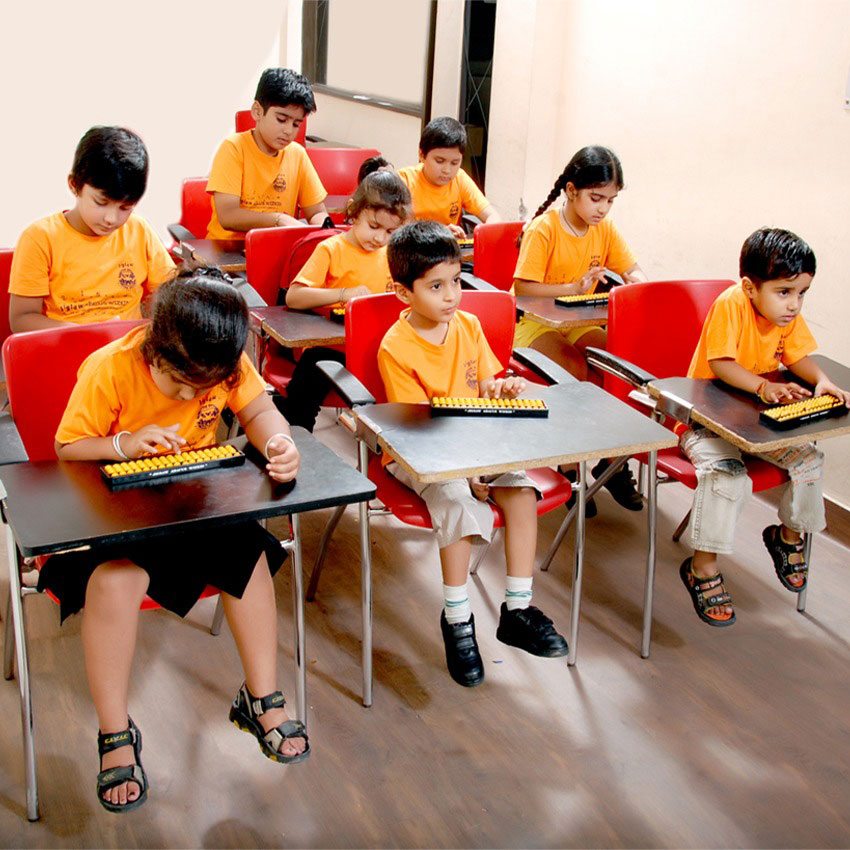
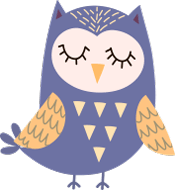
The abacus is an ancient counting tool that consists of a frame with rods or wires, each holding a series of beads. It is used for performing arithmetic calculations, particularly addition, subtraction, multiplication, and division.
Ganit Gyan is a simplified version of Vedic Mathematics which is a system of mathematical techniques and principles that originated in ancient India from the Vedas, which are ancient Hindu scriptures.
JIGSAW’s Handwriting course is designed to improve the handwriting of children as well as enable them to write in more designer fonts apart from regular writing.
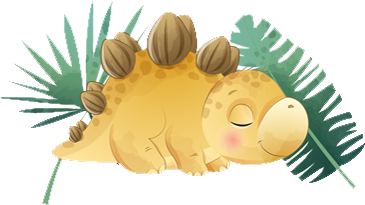
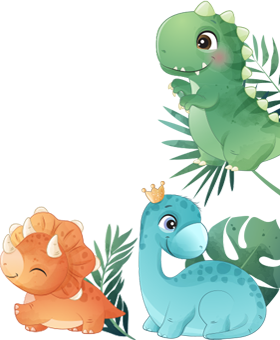



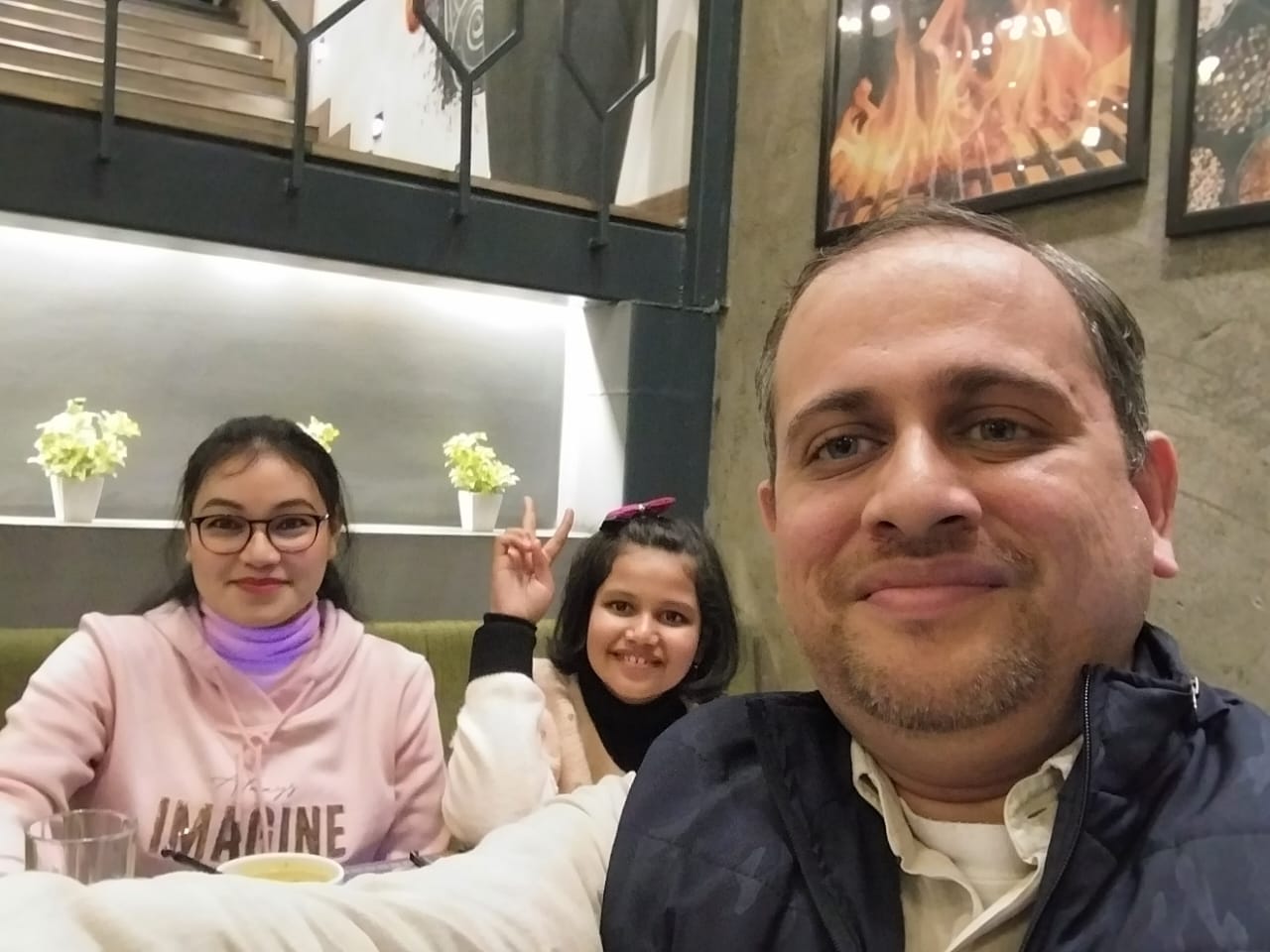
The first few years of a child's life are cruci...
Determining the right age for a child to begin abacus learning is a common query among parents se...
Are you passionate about education and eager to embark on an entrepreneurial journey? learn more

Copyright @ 2005 Jigsaw Abacus. All Rights Reserved by Sabre-Edge IT Solutions